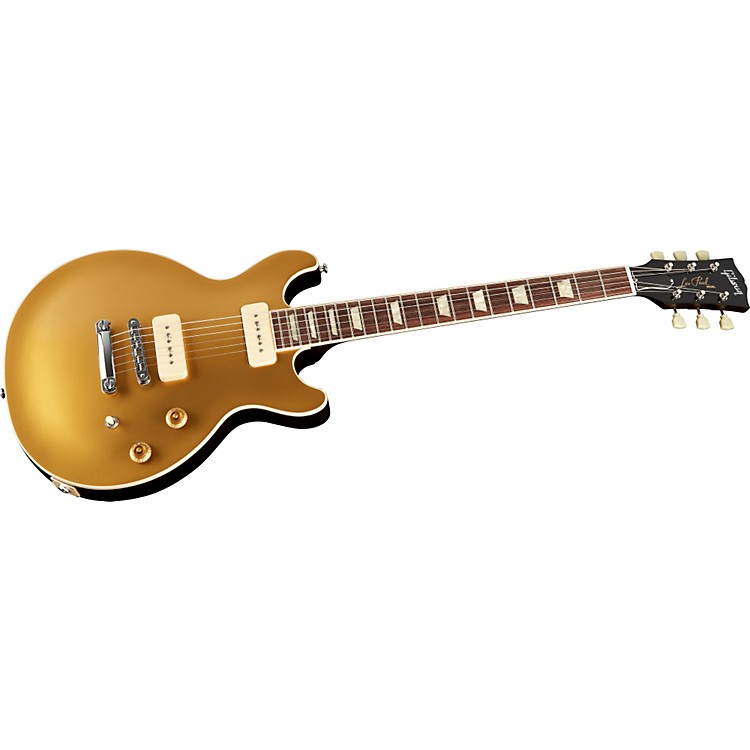matonanjin
New Member
Besides the obvious I mean. There is the appearance, of course! But what's the real difference? Is there any besides just personal preference of that appearance?
Some of the discussion I have seen centers around access to the upper frets. That the doublecut is made to provide better access. Makes sense. But is anyone really going to be accessing those frets from above? Does it happen?
I also saw someone saying that a singlecut is going to more closely sound like a Les Paul. Again, makes sense; I can see that possibility. But would a doublecut Les Paul, if there had been one, sound differently than an actual Les Paul. Would the difference in (the amount of) wood have made a difference.? Which leads me to...
Does the extra wood make a difference sonically? Does the extra wood provide more sustain?
And, most importantly to me, can I assume the double-cut is going to be lighter than the single cut? Of course, it would have to but does that small amount of wood make a significant difference?
Or is all the above absolute pure hooey and it is just aesthetic preference of the beholder?
ps. This seemed like such an obvious topic that it had to be discussed before. But I did a search, as best I could, and couldn't find a post in the last three years.
Some of the discussion I have seen centers around access to the upper frets. That the doublecut is made to provide better access. Makes sense. But is anyone really going to be accessing those frets from above? Does it happen?
I also saw someone saying that a singlecut is going to more closely sound like a Les Paul. Again, makes sense; I can see that possibility. But would a doublecut Les Paul, if there had been one, sound differently than an actual Les Paul. Would the difference in (the amount of) wood have made a difference.? Which leads me to...
Does the extra wood make a difference sonically? Does the extra wood provide more sustain?
And, most importantly to me, can I assume the double-cut is going to be lighter than the single cut? Of course, it would have to but does that small amount of wood make a significant difference?
Or is all the above absolute pure hooey and it is just aesthetic preference of the beholder?
ps. This seemed like such an obvious topic that it had to be discussed before. But I did a search, as best I could, and couldn't find a post in the last three years.




